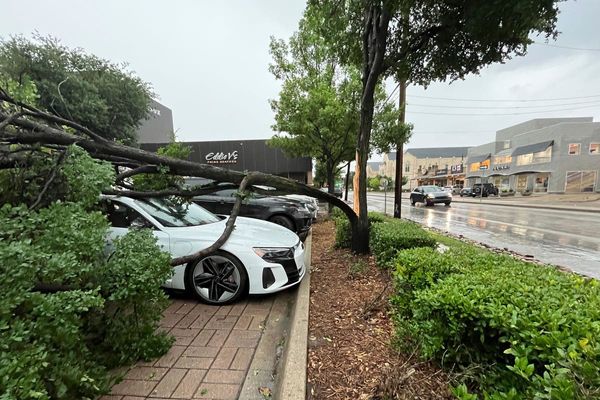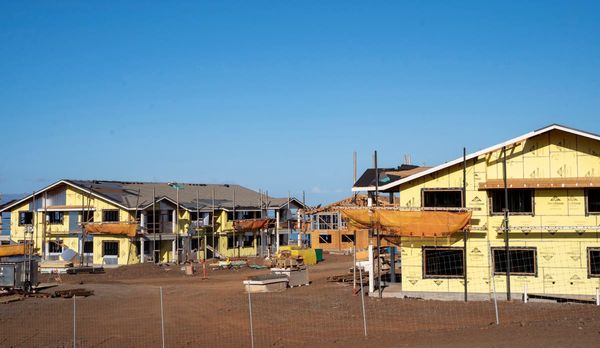Marine archaeologists believe they have identified the wreck of the Japanese aircraft carrier the Akagi, which was sunk during the second world war’s battle of Midway, regarded by some historians as one of the most consequential naval engagements in history.
In the space of a week naval historians with the research vessel Petrel announced that they had discovered the remains of two of the four Japanese carriers that were sunk during the battle. The team’s efforts had concentrated on identifying all of the vessels sunk during the June 1942 engagement that cost the lives of 2,000 Japanese and 300 Americans.
The expedition’s director of undersea operations Rob Kraft and Naval History and Heritage Command historian Frank Thompson reviewed high-frequency sonar images of the warship on Sunday before asserting that its dimensions and location meant it had to be the carrier Akagi.

The Akagi was found in 5,490 metres (18,011 ft) of water and more than 1,300 miles (2,090km) north-west of Pearl Harbor.
A high-frequency sonar image of the wreck site, taken by the research vessel’s underwater drone, shows the huge carrier lying broken on the sea bed amid debris, but otherwise remarkably intact.
“I’m sure of what we’re seeing here, the dimensions that we’re able to derive from this image (are) conclusive,” Kraft said. “It can be none other than Akagi.”
“She’s sitting upright on her keel, we can see the bow, we can see the stern clearly, you can see some of the gun emplacements on there, you can see that some of the flight deck is also torn up and missing so you can actually look right into where the flight deck would be,” said Kraft.
The 33,000-tonne ship was first laid down as a heavy battlecruiser but quickly converted into a carrier, serving as the flagship for V-Adm Chūichi Nagumo during the surprise attack on the US Pacific fleet at Pearl Harbor, and the raids on Darwin and Colombo.
A year later, ordered to engage and destroy the US carrier threat in the Pacific, Japanese forces settled on the invasion and occupation of Midway atoll as a lure, an action that would change the course of the war in the Pacific.
Fought largely at the operating limits of the two carrier fleets’ aircraft, and with errors made on both sides, the Japanese were unaware the US navy had broken its codes and underestimated the forces Americans could muster.

An unsuccessful attack by waves of US torpedo bombers was followed by attacks by US dive bombers which struck the Kaga first and then the Akagi, forcing the damaged flagship to be scuttled with Japanese torpedoes after the loss of 267 men.
The battle saw Japan lose almost two-thirds of its fleet’s aircraft carriers and many of its most experienced fliers, a setback from which the country – lacking the industrial base of the US, not least in steel production – would never recover.
The discovery of the Akagi comes hard on the heels of the Kaga, last week, sunk by the same dive bombers from the USS Enterprise who would sink the Akagi.
“We read about the battles, we know what happened. But when you see these wrecks on the bottom of the ocean and everything, you kind of get a feel for what the real price is for war,” said Thompson, who is onboard the Petrel.
“You see the damage these things took, and it’s humbling to watch some of the video of these vessels because they’re war graves.”
The expedition is an effort launched by the late Paul Allen, the billionaire co-founder of Microsoft. For years, the crew of the 76-metre (250ft) Petrel has worked with the US navy and other officials around the world to locate and document sunken ships. It has found more than 30 vessels so far.







